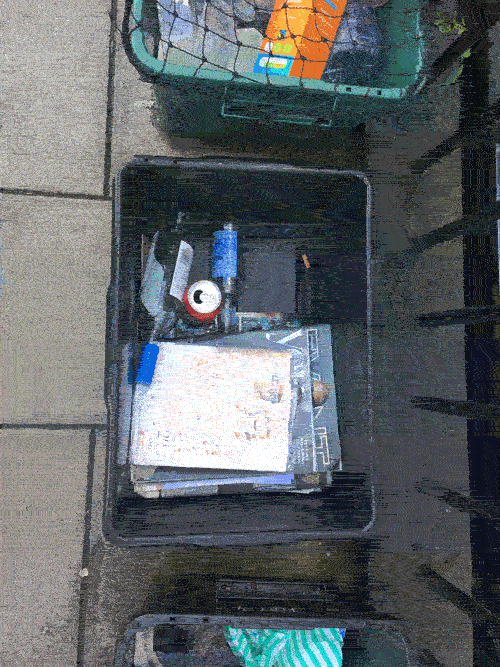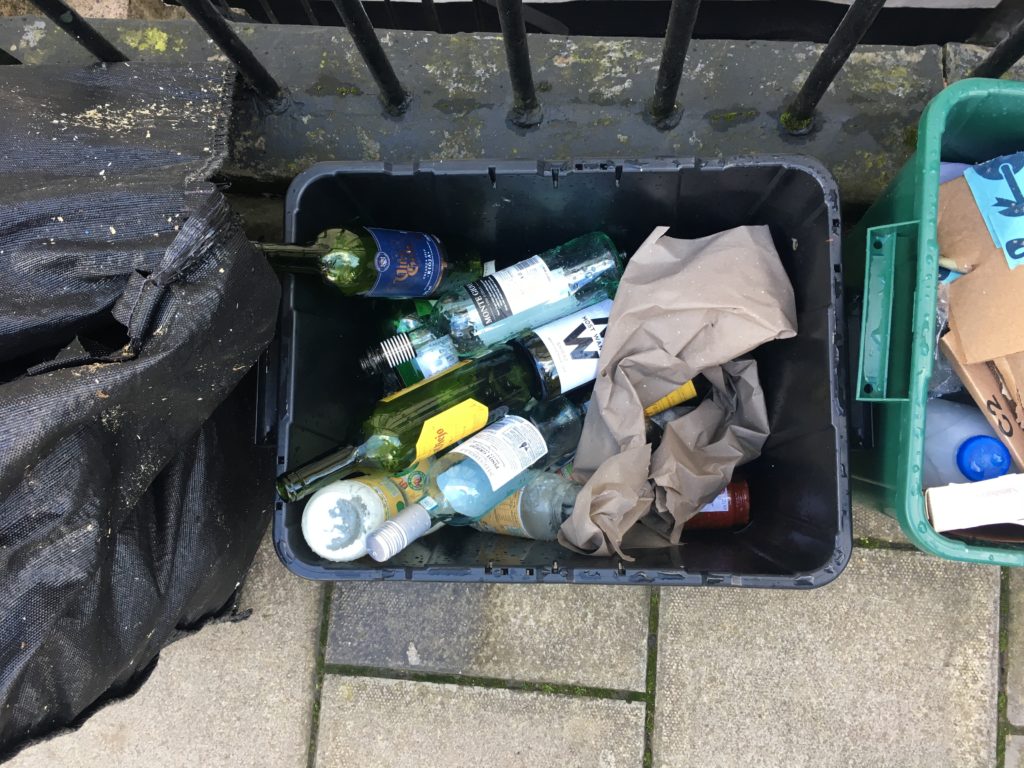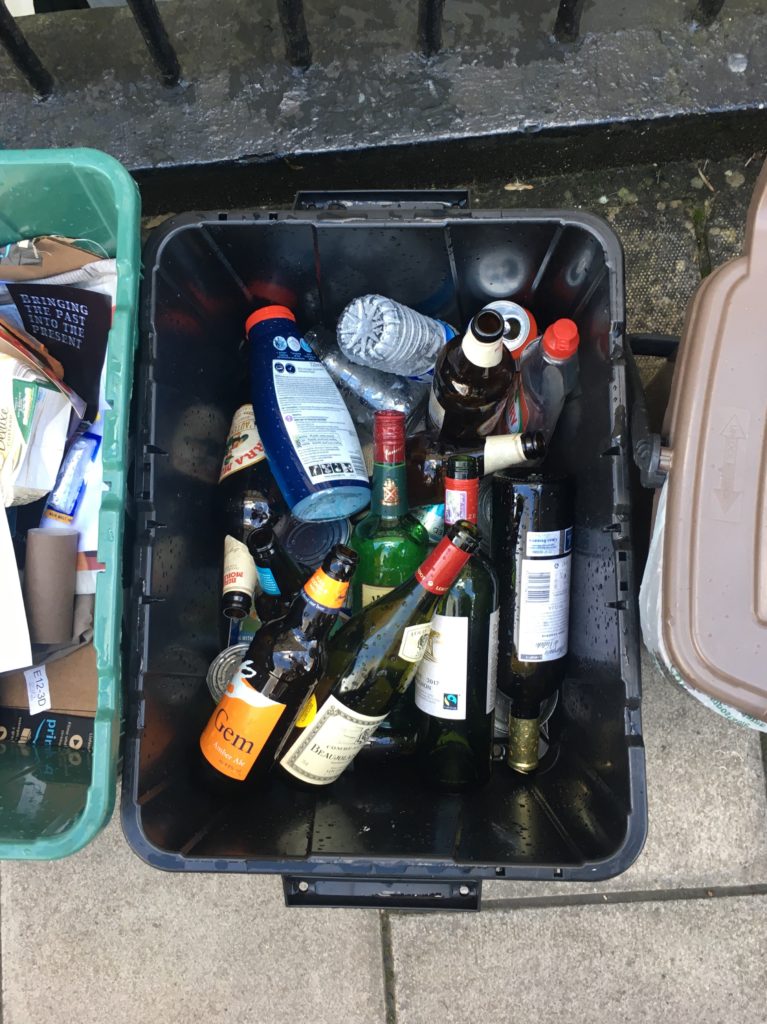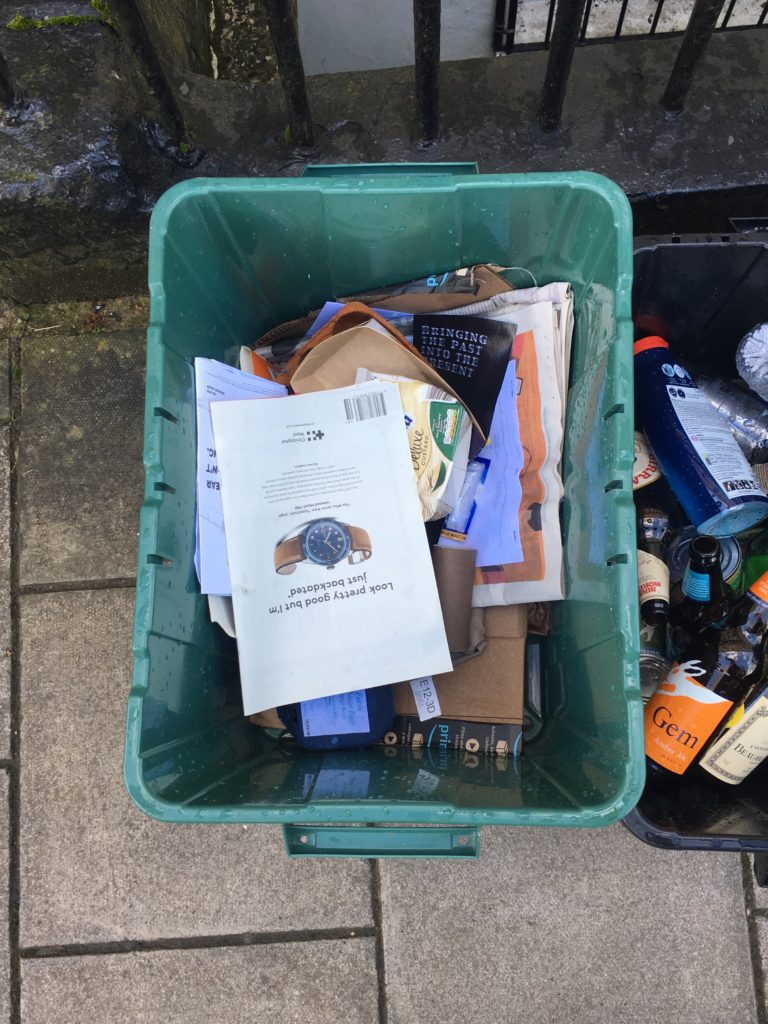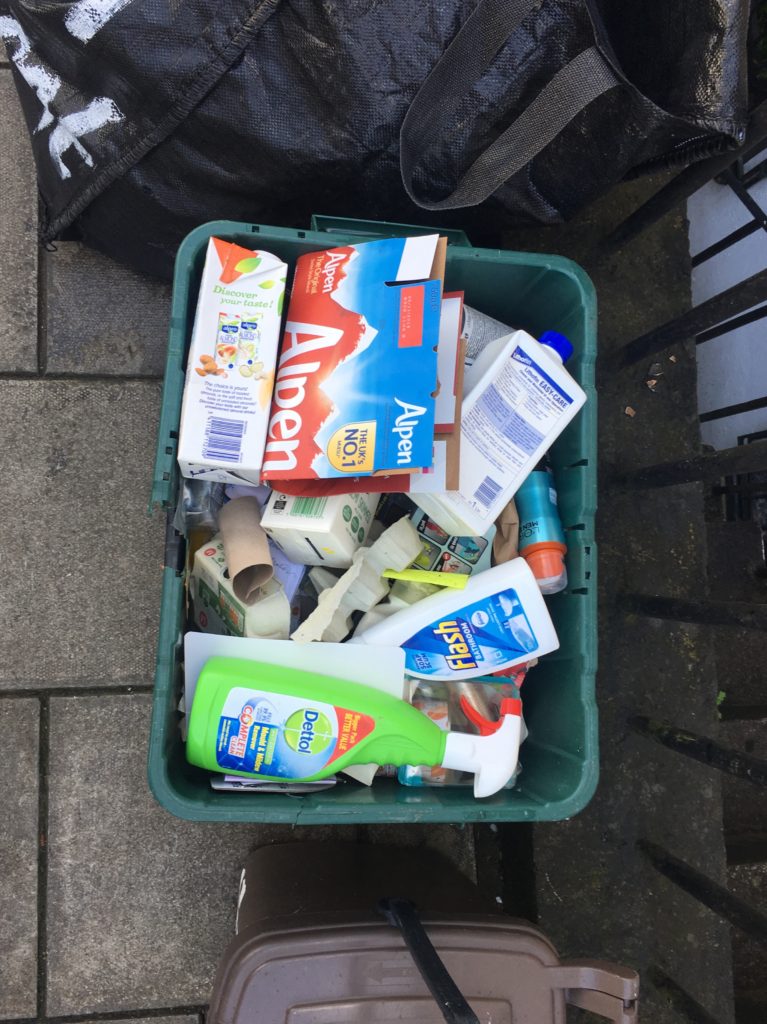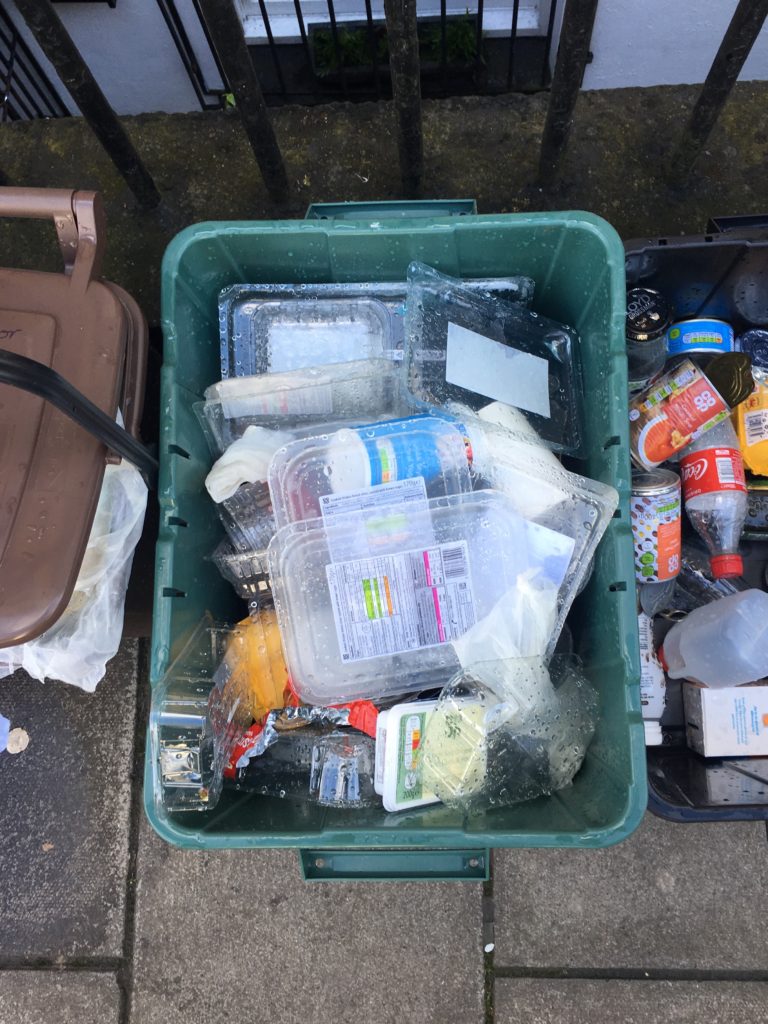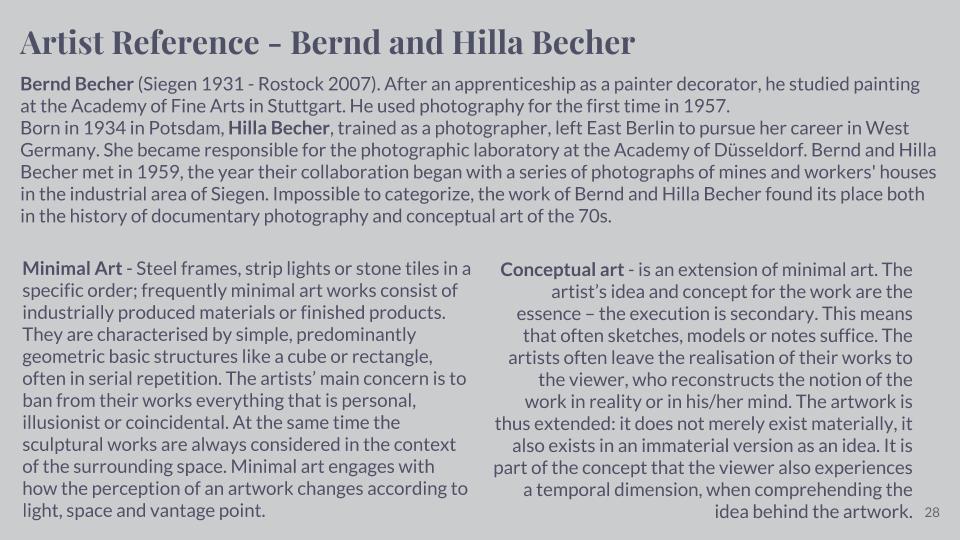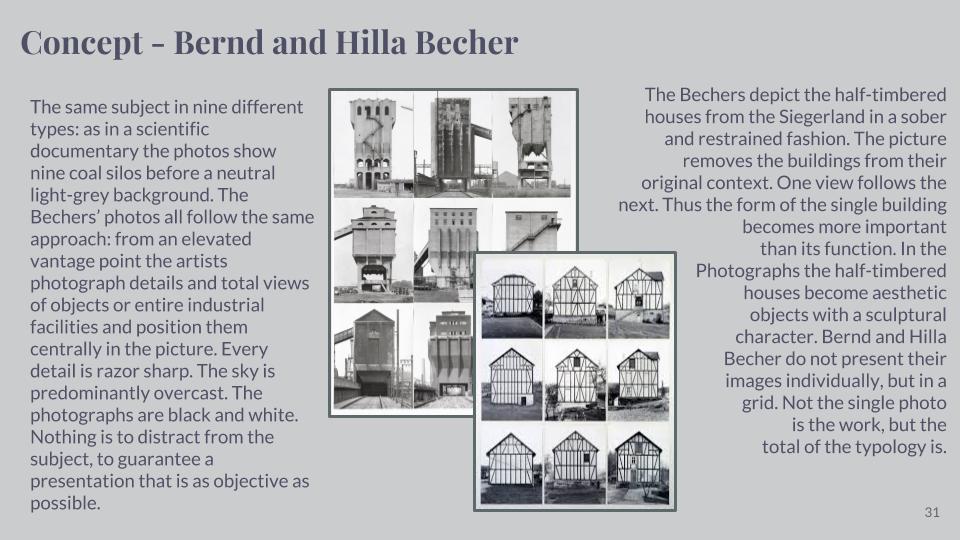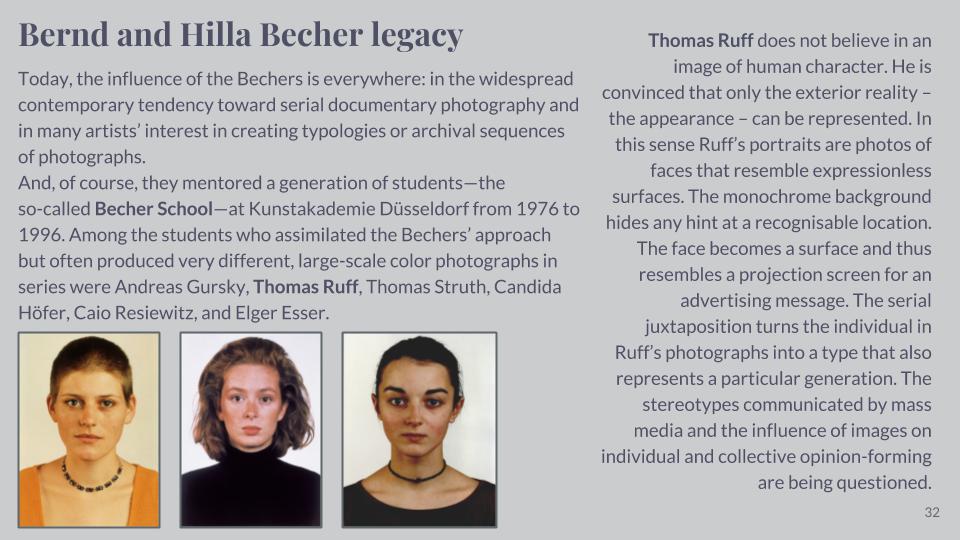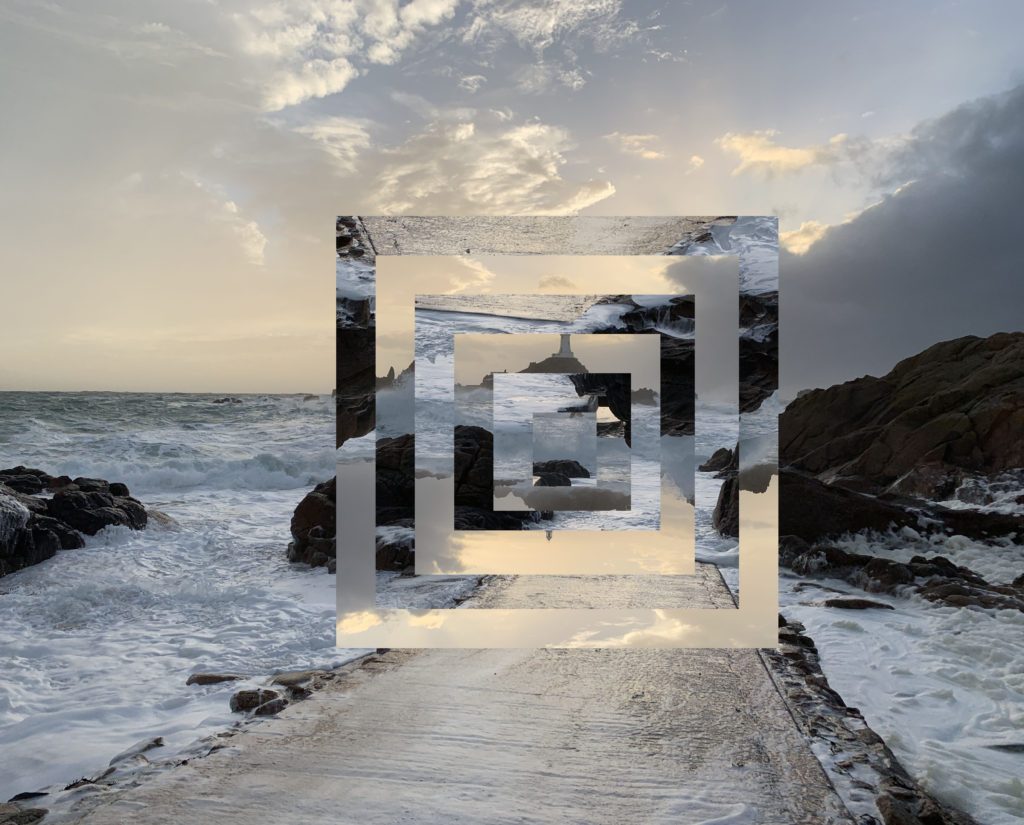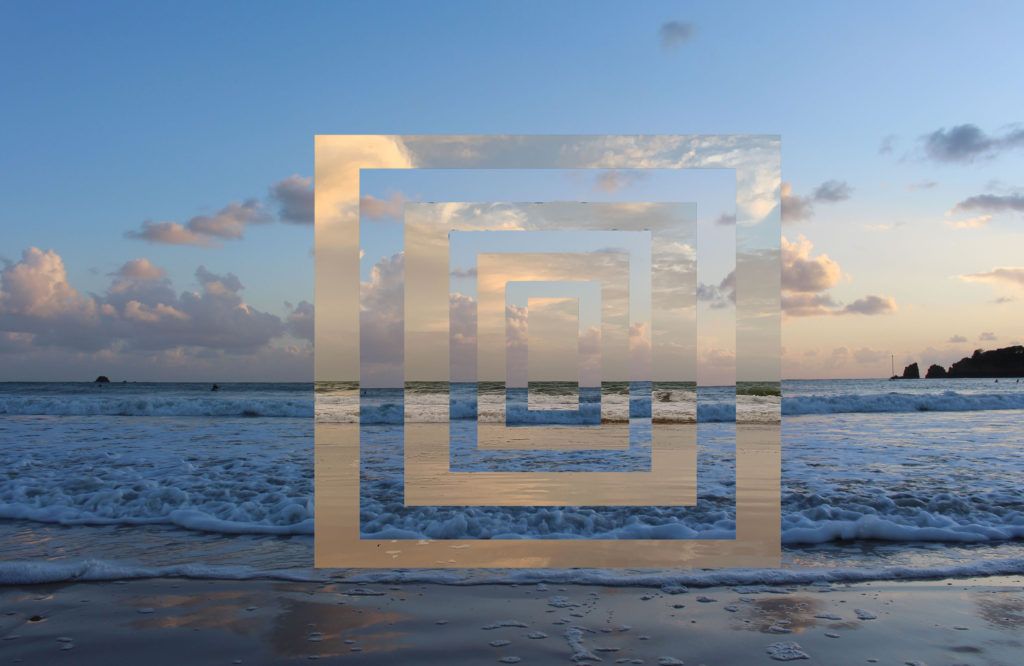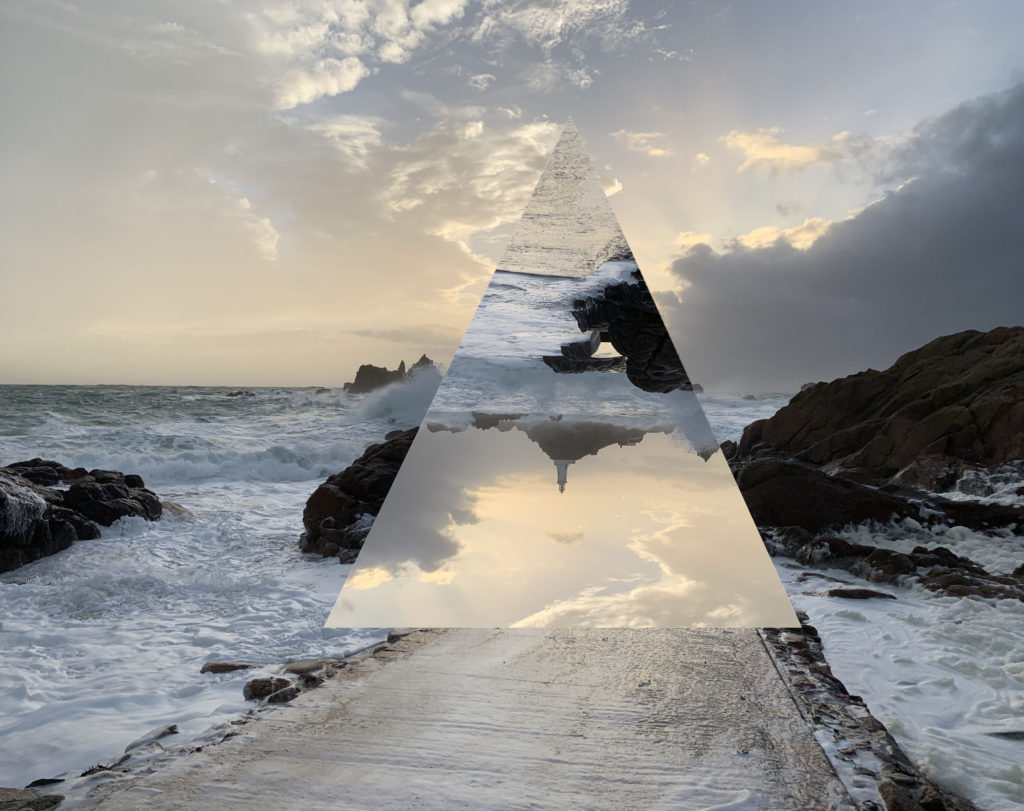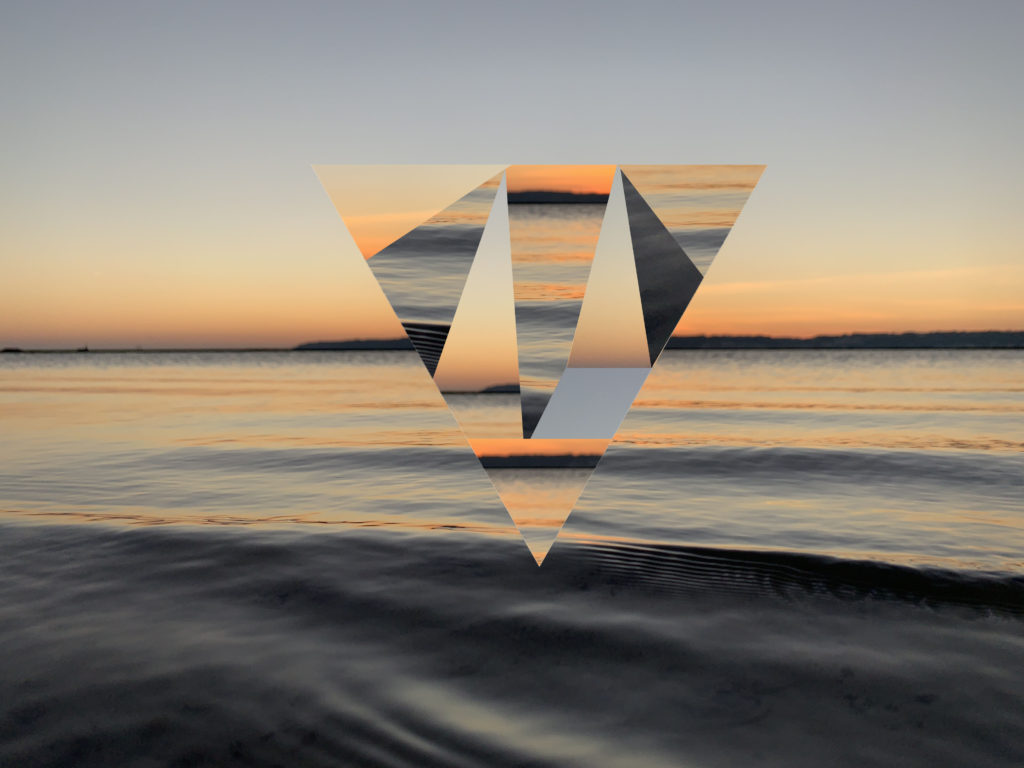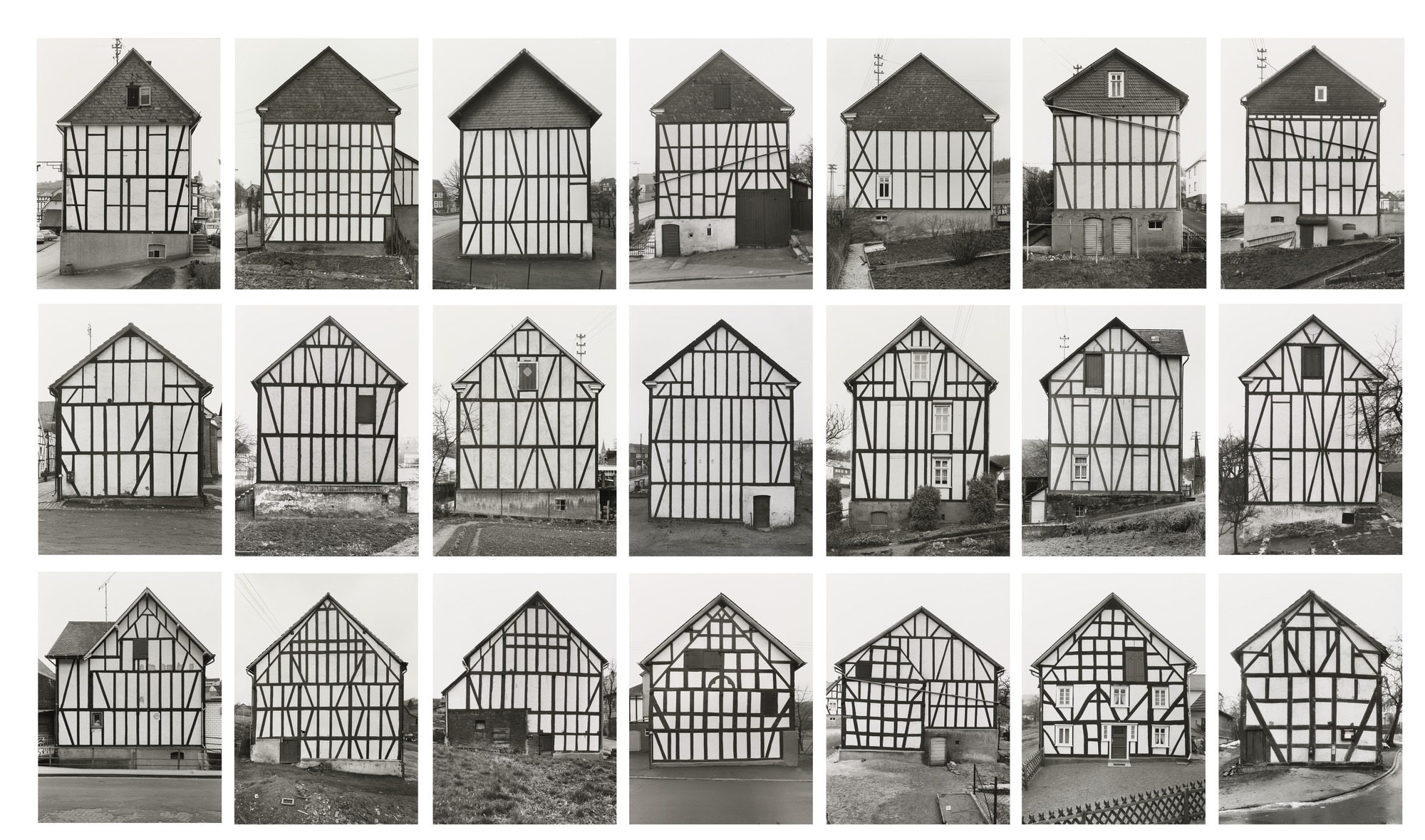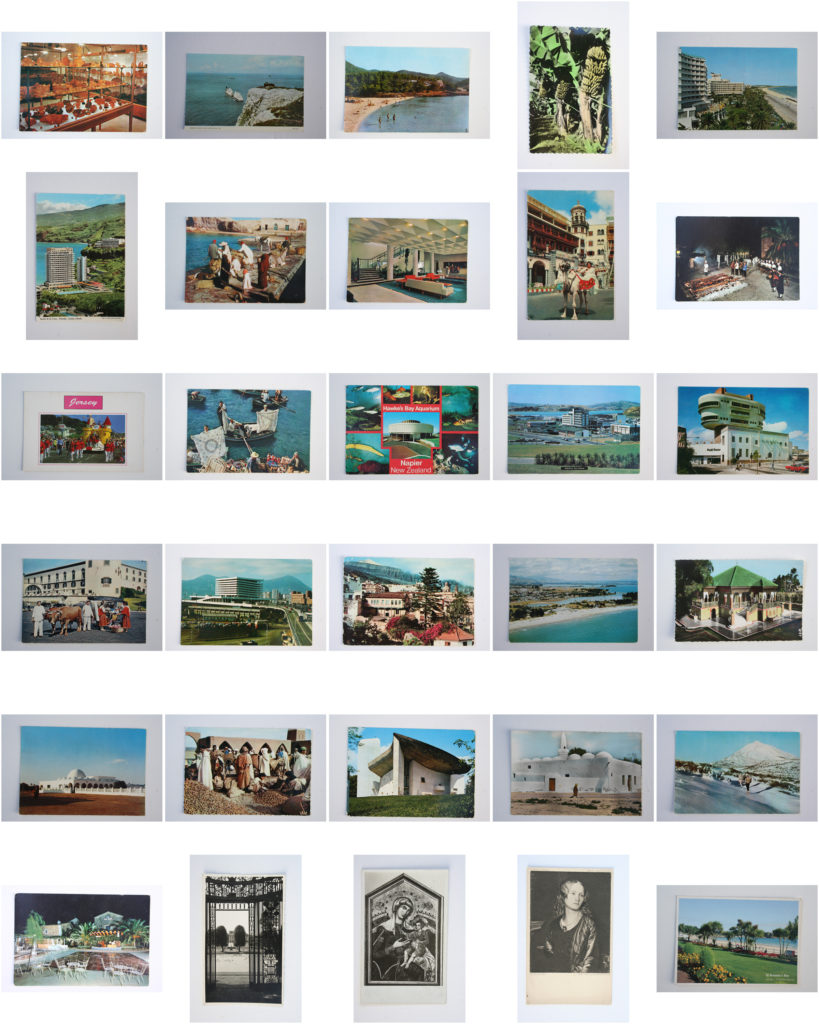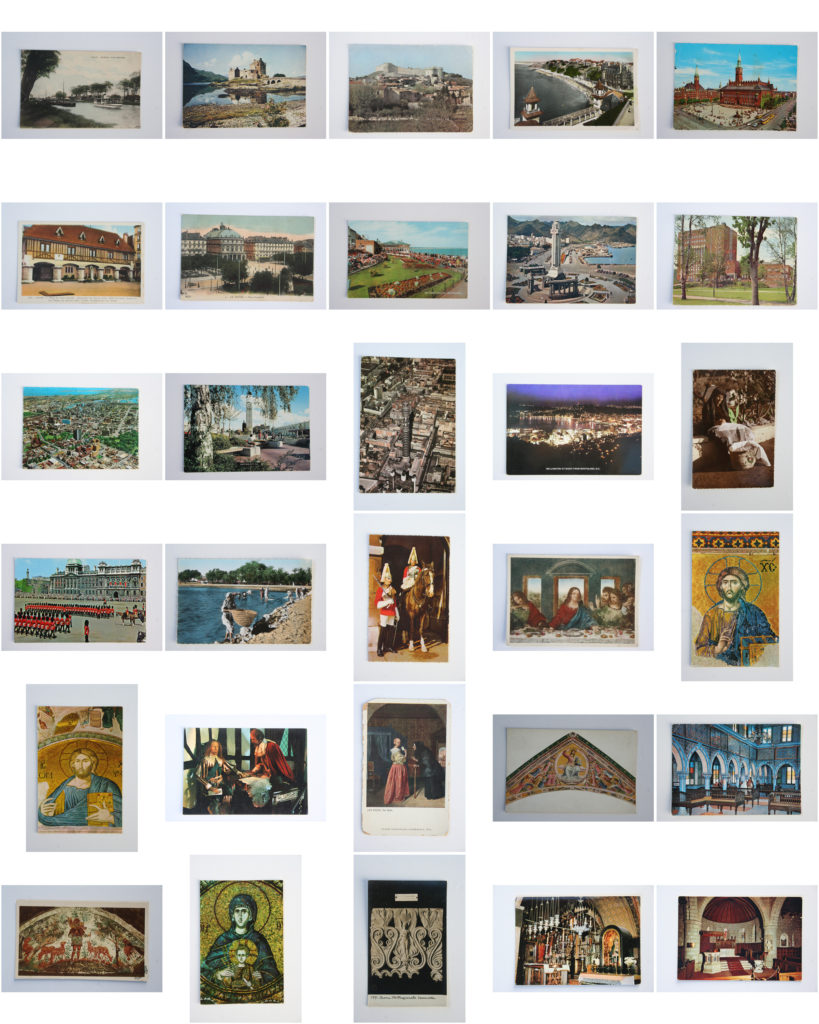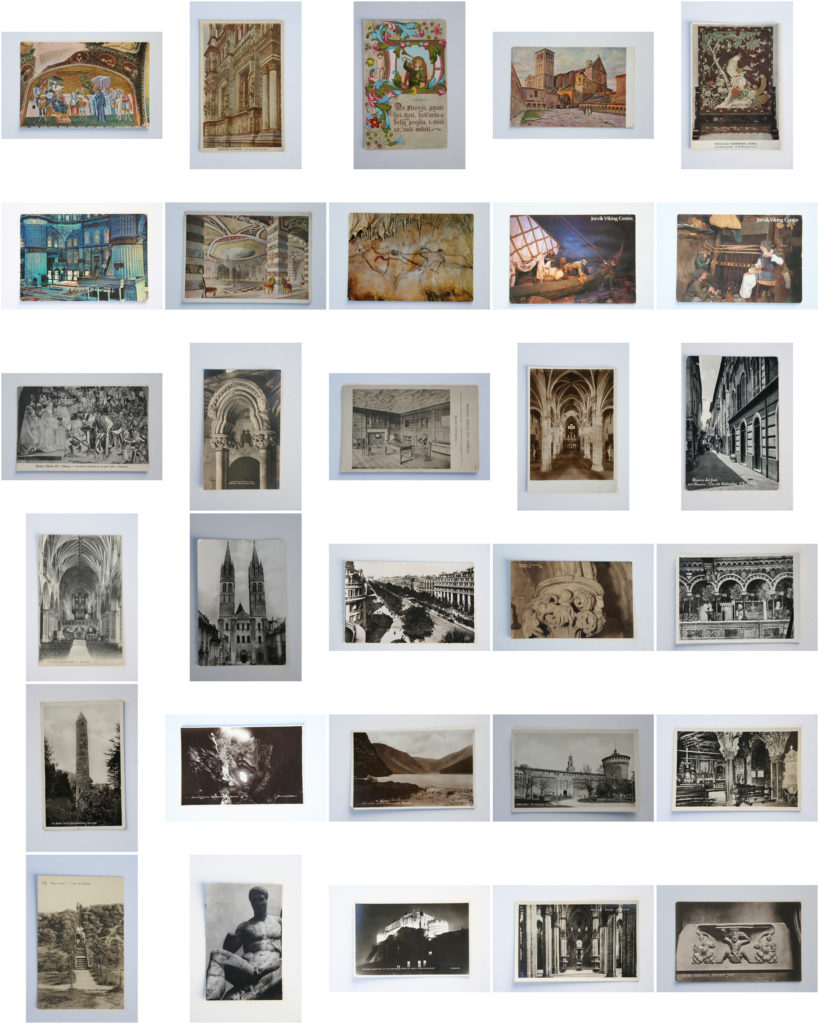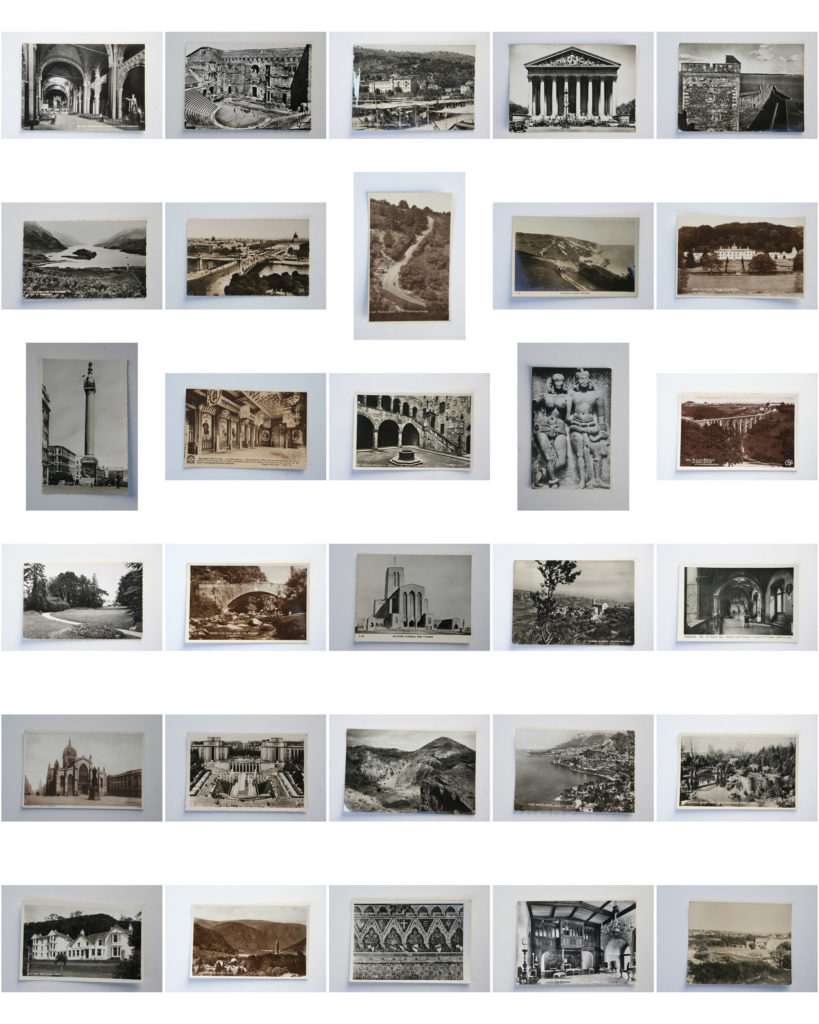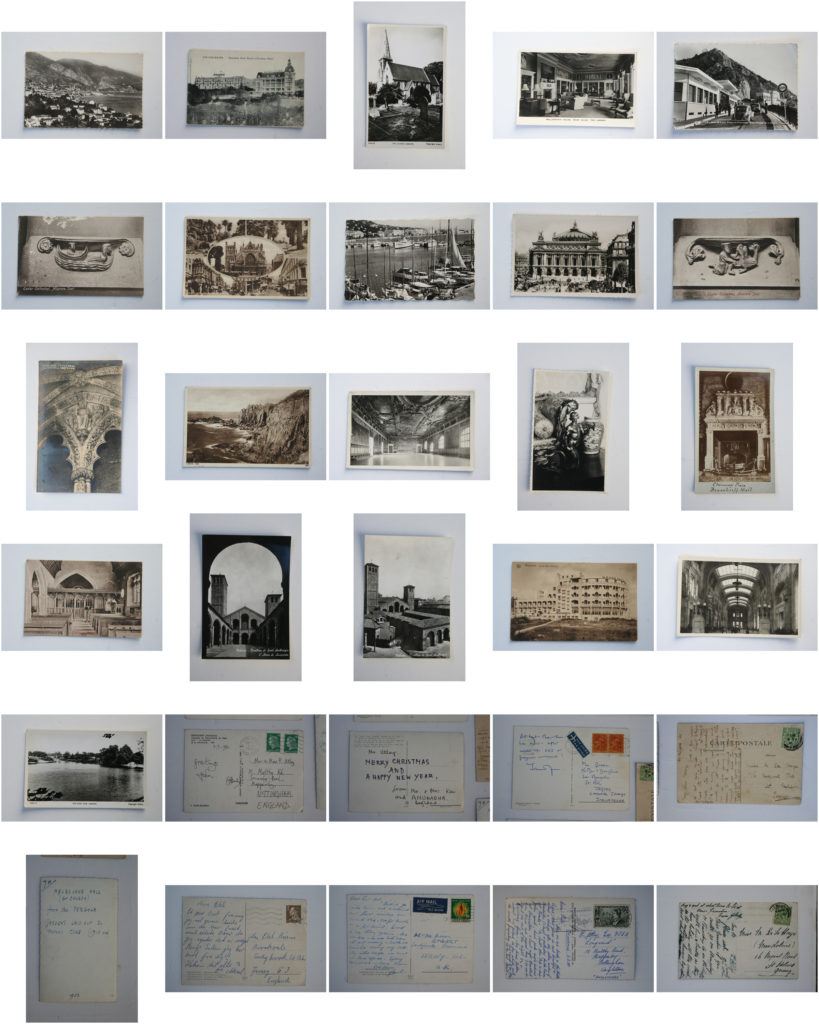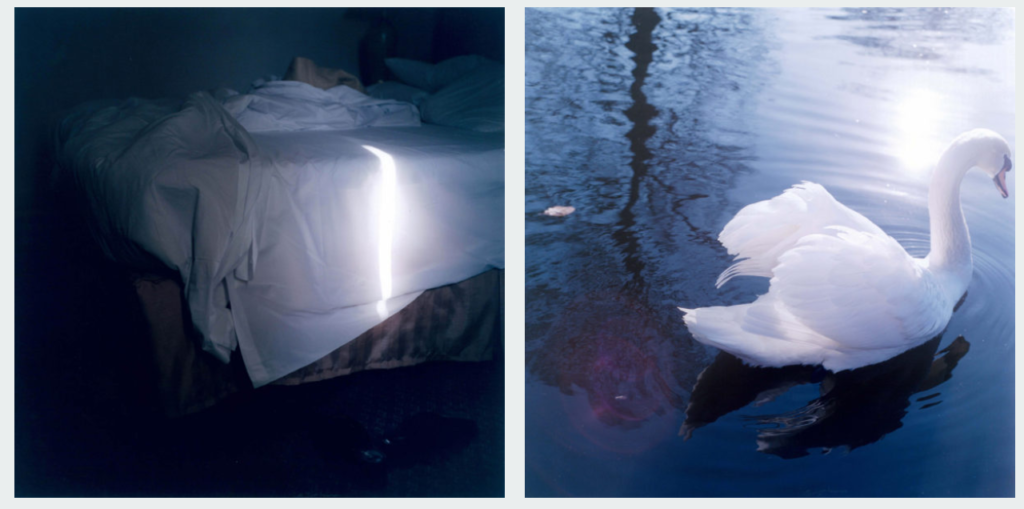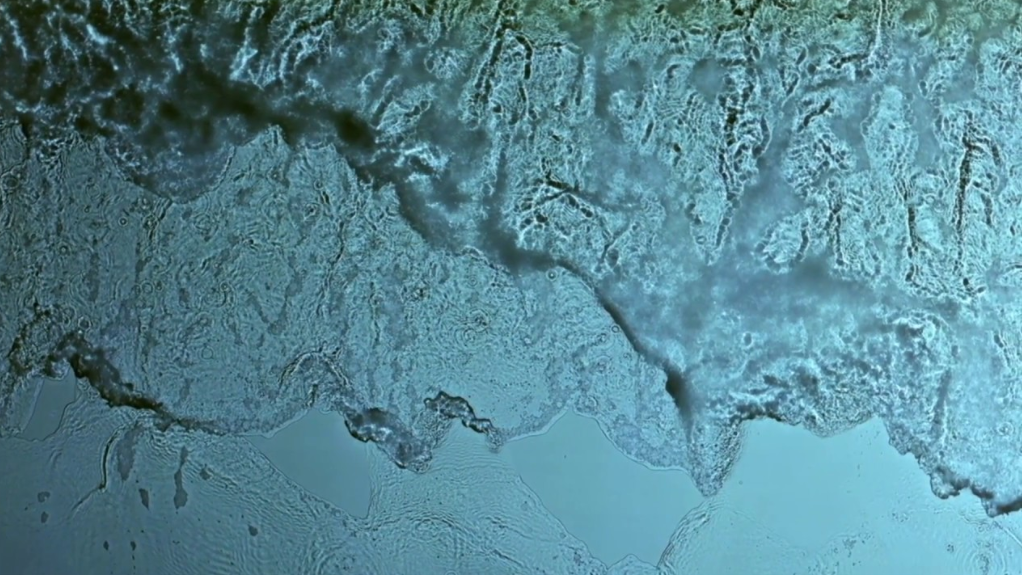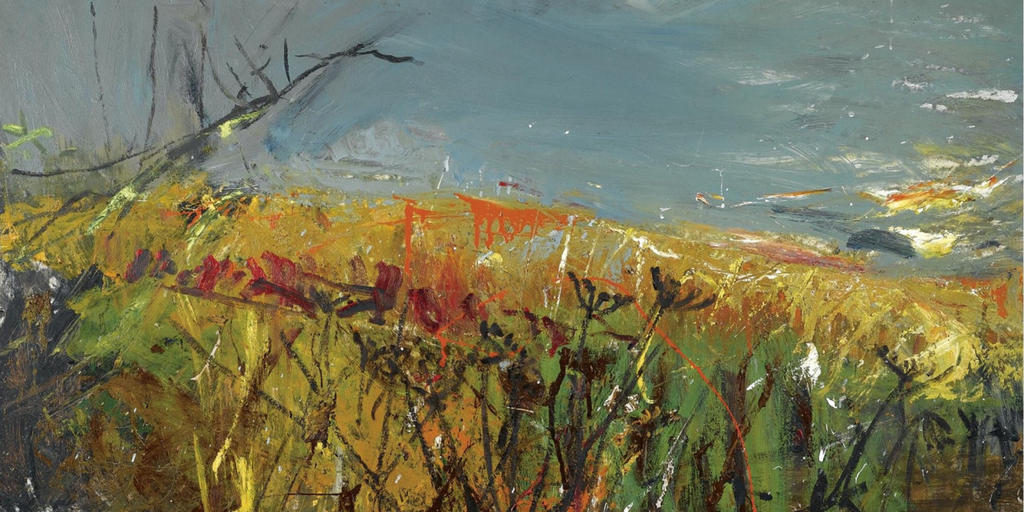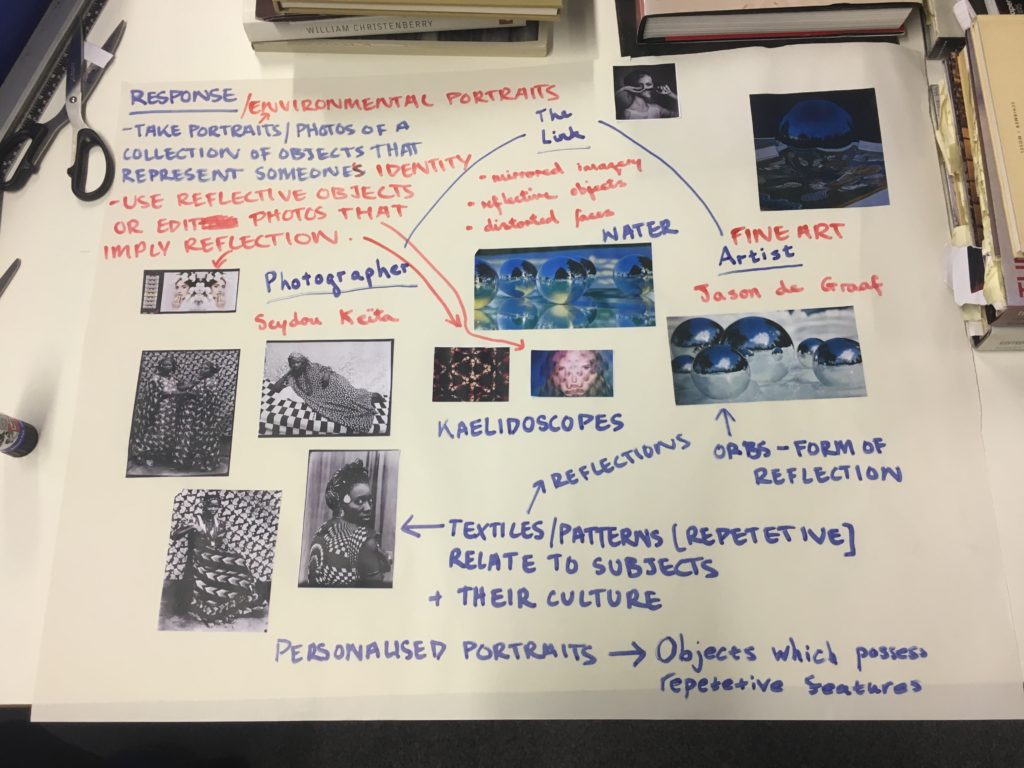For my first photoshoot I wanted explore repetition in nature, looking at the soft shapes that plants and natural objects create and to emphasise the fragility and beauty in the shapes using light. I am taking some inspiration from the photographer Rinko Kawauchi as i like how she focuses on everyday situations and objects, emphasising their beauty, especially in nature.
I want to go to a natural area to take photos and I think that a woods would be a good place to explore as there many different things i can take images of and would be easy to find repetition. I plan to take pictures including water i.e. the shapes of waves/ripples, reflections of trees and plants on water, things you can see through the water underneath. I also want to take photos of patterns on trees, plants and in the landscape, hopefully helping me generate more ideas for my project. The lighting in the photos i take will depend on the weather that day.
Taking inspiration from Rinko Kawauchi where she looks at the opposition of light versus shadows and life versus death, Rinko believes the fleeting nature of these dualities is what ultimately determines our fragile existence. According to Shinto, all things on earth have a spirit, hence no subject is too small or mundane for Kawauchi’s work; she also photographs “small events glimpsed in passing, conveying a sense of the transient.
Beauty and Nature
The beauty of nature can have a profound effect upon our senses, those gateways from the outer world to the inner, whether it results in disbelief in its very existence as Emerson notes, or feelings such as awe, wonder, or amazement.
Emerson offers is that “the simple perception of natural forms is a delight.” When we think of beauty in nature, we might most immediately think of things that dazzle the senses – the prominence of a mountain, the expanse of the sea, the unfolding of the life of a flower. Often it is merely the perception of these things itself which gives us pleasure, and this emotional or affective response on our part seems to be crucial to our experience of beauty. Nature is beautiful because it is alive, moving, reproductive. In nature we observe growth and development in living things, contrasted with the static or deteriorating state of the vast majority of that which is man-made.
(Harvard University- Beauty in Nature)
I want to try and emphasise these concepts within my photography and throughout my project. I think that this is an interesting concept and is something I have yet to explore in my other photography projects. I will also look more into ideologies of beauty and picturesque in my project. For this shoot i plan to start generic images that i can develop from in my next photoshoots. I also want to photograph relations in water as I think it’s an interesting way to look at an objects from another perspective, epically in nature.
